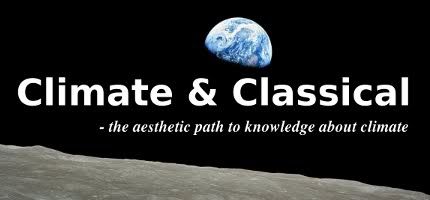
While Frannyy suggest we fill the canals in this picture with concrete, civil engineers, geodesist and others have alternative ideas to solve the rising sea level/sinking city problem of Venice, Italy.
Here are a couple of suggestions to solve the resulting flooding of Venice:
MOSE: In the MOSE project the rising tides that flood Venice will be blocked by new floodgates, which will be placed at the inlets where the Adriatic Sea enters the lagoon. The gates are designed to prevent the Adriatic Sea from flooding the lagoon at high tides in even the worst storms. Problem is that the sea level rise probably are too high to be stopped by the gates, the dimensions are not right.
Rialto: Local officials and engineers are planning to lift buildings under operation "Rialto" by up to one metre (3.3 feet) using piston-supported-poles to be placed at the bottom of each structure. This will take around a month per building if each structure is raised by eight centimetres (3.14 inches) a day.

Credit: European Space Agency
Venice, 2004

Credit: Landsat, European Space Agency
Venice, 1985
Venice
Venice and its lagoon were made a UNESCO World Heritage Site in 1987. The entire city is an architectural masterpiece in which even the smallest building contains works by some of the world's greatest artists.
Refugees from the Po Estuary fleeing foreign invaders founded the city in the 5th Century AD. In later centuries Venice became part of the Byzantine Empire, then an independent city-state and a major maritime power in its own right.
Venice extends across 118 small islands in a marshy saltwater lagoon at the northwest corner of the Adriatic Sea. A series of barrier islands protect this low-lying city from storm surges, but its 270 633-strong population still must contend with a metre-high tidal range, a problem made worse by regional land subsidence and a slight increase in sea level.
Geodesy: It is particularly the degree of land subsidence and increase in sea level that are the keys to finding the right urban plan for Venice. Unless of course you think like some: Let it fucking sink! or simply like Franny here suggests: fill it up with concrete and have an art ball while you're at it.
Urban planning of Venice is a nice example of how precise geodetic information is pivotal for the economy of modern society. If we calculate the sea level rise to be smaller than it actually is going to be, then the investments in a project like MOSE for instance could be just like throwing money in the ocean...











No comments:
Post a Comment